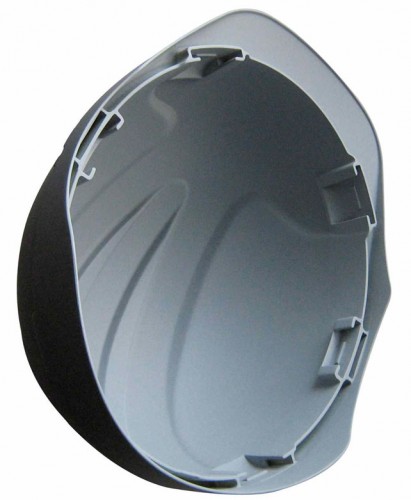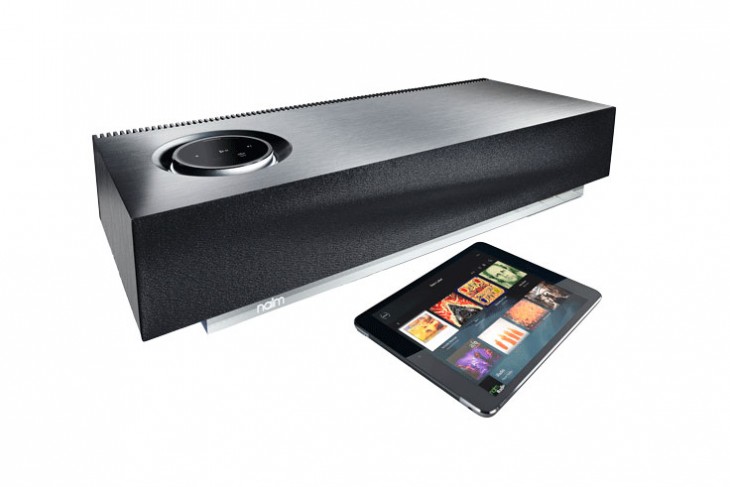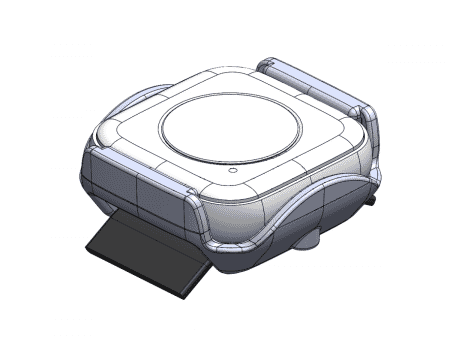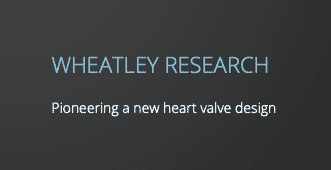Thinking about prototyping?
The word ‘prototype’ is confusing! We used to think this would mean only 1 or 2 parts and could only be achieved economically through Additive Manufacturing processes. Today, however, that is not the case.
 Cost effective short production runs
Cost effective short production runs
Many of the more traditional processes have evolved, with a little help from modern technology, and are now more able to do short production runs and still be cost effective. As a result there is a lot more to consider when deciding the best option for your prototype part(s)! At Plunkett Associates we can guide you through the options.
Function.jpg)
- The level of function required (and associated environment) will frequently dictate material selection and hence process.
- Aesthetics and function are frequently contradictory requirements, sometimes resulting in making two different prototypes rather than one, often a better economic solution.
- Can a different process than the production method be used to produce the prototype? (For example where filler alignment is critical to evaluating component strength.)
- Is it to be used for testing? (For example are strength, material compatibility etc, more important than the visual look of the part?) Testing through simulation software can help in theory, but often physical testing is required. Prototype testing provides the opportunity to ‘get it right.’ Designs can be adapted, and new prototypes made until the objective is achieved.
- Are the parts really early production items? ie is it a ‘real part’ – a bridge to full scale production? This will mean the process needs to be flexible in its quantity capabilities and be economical across the board.
- Is this to be an initial short production run? It would be useful to know what quantities could be required down the track?
- Is the design frozen or could it change? (This affects initial commitment to tooling and building in the options for easy development.)
.jpg) Time
Time
- How long do we have? (This may rule out process options from day one and force concessions on other issues.)
- Is there an absolute deadline? ie is the prototype for a tradeshow/marketing event with a specific date to work to?
- Is there no timeline to work to? ie is the priority is to get the part right, however long that may take.
- Is the data frozen already, or will finalising it eat into the time available?
Geometry
- How advanced is the design? ie are you at concept stage or do you believe this is the final design?
- How fixed is the design? ie are you open to suggestions for alterations to suit a process/material in order to get a better part made?
- Is there 3D CAD data available? This is usually preferred in STEP, IGES, Parasolid or STL format. Is there a supporting drawing calling out threads, surface finishes etc?
- Is this a new product or is it an existing part that is being changed in some way? A sample of an existing part is always helpful alongside any other information about why it is being changed. If the problem was due to physical defects, these can then be addressed in the next phase of the design process.
- How complex is the geometry? It is worth remembering, the more complex the geometry, the more value there will be in prototyping. There is nothing more heartbreaking (and costly!) than a production run resulting in parts that just don’t work.
.jpg)
Quantities
- These do not need to be precise but we need to know your thinking. There are transition points, for example at 2 or 3 off it is unlikely to be economic to make a silicone tool and vacuum cast. At 50 – 100 it may be more effective to injection mould.
- Follow on quantities may lend credibility to some tooling options in the same way as development tooling can sometimes support initial production call off.
 Budget
Budget
- Is this a budgeted spend?
- If tooling is involved how does your company handle this financially? (write off or depreciate)
- Metal is almost always more expensive than plastic, is it warranted?
- Do you mind whether the part is manufactured in the UK or overseas? The more flexibility there is about where the parts are made the more the financial options increase.
- Do you have a fixed idea about the technology you want to use? There may be reasons for this, but if you can go in with an open mind, technology advances so rapidly there may be new alternatives that are available that may prove worth considering.
Mindset
- Are you prepared for your first prototype to ‘fail’? ie CAD designs and simulation software are not always foolproof. Seeing the part ‘in the flesh’ can sometimes mean it becomes clear how to improve on it that wasn’t obvious before.
- Honesty is the best policy and confidentiality is key. If an NDA would give you peace of mind, please send us yours for consideration.
.png)
As you can see there are if’s, but’s, maybe’s and more… The best advice we can give is that the key to a successful prototype is definitely communication and honesty. The process and material options available are phenomenal, and so it’s worth thinking over the points above. These can then be factored into the decision making process which will hopefully allow you to get the best results for your prototype(s).
Prototyping is a journey…
Your prototype can make a huge difference to getting your product to market or to the next stage of production. The prototyping experience is a journey; one you want to get the most out of and one that should be enjoyed, so isn’t it worth getting it right?
To utilize our experience and talk about your prototyping needs, contact us today or for further information please look at our Prototyping section.



























